
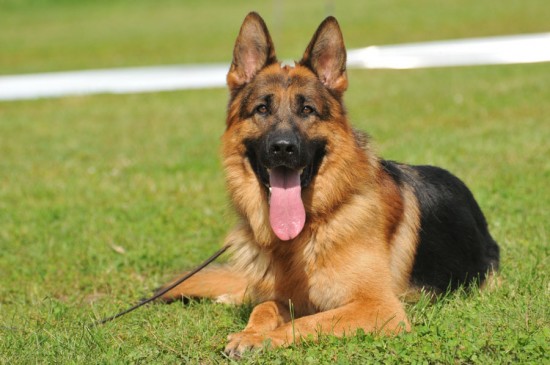
Do you have a dawdling dog or a creaky cat? If so, your pet could be one of the tens of thousands of animals in the UK suffering from osteoarthritis (and that's speaking conservatively). This condition is just as debilitating for pets as it is for people, so it's important to be able to recognise the symptoms and be aware of the management options available so that your dog or cat can get the treatment they deserve.
Osteoarthritis (also known as degenerative joint disease) is a condition of the synovial (moveable) joints, characterised by the deterioration of the joint cartilage. Whilst the cartilage is eroded, new bone is deposited in abnormal areas. The process is associated with inflammation and pain, and the joints become stiffer and less flexible. The condition is not curable, but progressive, and with time the severity of the symptoms tends to increase.
In dogs and cats, the osteoarthritis virtually always develops secondary to an initiating abnormality, such as an infection or trauma. Certain breeds of dogs and cats are quite commonly affected by inherited anatomical joint disorders (e.g. hip dysplasia) and osteoarthritis may develop as a consequence of the abnormal joint alignment.
Dogs may display a range of symptoms including:
The symptoms in cats are similar to the above but usually more subtle. They may also include:
In both species, the lameness tends to be at its worst following a period of sleep or rest, and improves once the animal starts to move around.
If you suspect that your pet has osteoarthritis, it's ideally best to initially see your vet so that they can confirm the diagnosis. Obviously animals cannot tell us what's wrong, so it is possible that something else could be causing the symptoms. Your vet can usually get a fairly good idea that osteoarthritis is present from the history and physical examination. They will carefully manipulate the joints to assess the range of movement and check for swelling, heat, pain and crepitus (a grating sensation in the joint), all of which may be signs of osteoarthritis. Sometimes the findings of the physical examination alone are enough to start presumptive treatment. However, the vet may recommend some diagnostic tests to rule out other causes, determine the extent of the problem and/or work out what initially caused the osteoarthritis to develop. X-rays are the most common diagnostic test utilised, but others that may be used include joint taps (analysis of the synovial fluid), arthroscopy (direct visualisation of the joint space using a scope and camera), CT or MRI scan.
This will depend on such factors as the age of the animal, their temperament, the underlying cause and your personal budget. Most cases are managed conservatively (non-surgically), although a small number of animals may benefit from surgery e.g. hip replacement in pets with severe osteoarthritis secondary to hip dysplasia. As you would expect, surgery is a big undertaking, not least in terms of cost; this obviously needs to be discussed with your vet on an individual case basis and is beyond the scope of this article. Here we will focus on the conservative options, which can be used either in isolation or combination:
1. Weight control: It's no accident that I have listed this means of management first, as it is by far the most important. Weight control isn't an option - it's essential. It's also a very cost-effective way of managing your pet's condition. You've perhaps noticed that if you put on a bit of extra weight, it's much more of an effort just to walk. It's the same for our four-legged friends. Added to that, there's a much greater pressure bearing down on the joints, exacerbating pain and accelerating the osteoarthritis process. Sadly there are an awful lot of overweight pets out there and many of these show the signs of osteoarthritis, probably brought on early because of the animal's size. With a careful weight loss plan, most of these pets show a dramatic improvement in symptoms once they have achieved their target weight. As a guide, you should be able to easily feel your pet's ribs, without them protruding. If you have to press hard to feel their ribs, they're too fat! It's best to go and talk to your vet or vet nurse before starting your pet on a diet as they will be able to advise you how much to feed in order for your pet to steadily lose weight over a defined period - it's just as harmful for an animal to lose weight too quickly. Veterinary practices also have very accurate weighing scales which is particularly important for smaller animals such as cats. Most veterinary nurses will happily weigh your pet and discuss their weight management free of charge.
2. Exercise management: Many dogs will benefit from an increased frequency but decreased duration of exercise. Your vet may also advise restricting your dog to lead exercise. It's important to keep the exercise level consistent each day - don't do a couple of long walks of several hours' duration at the weekend, then nothing in the week. Exercise on flat, even ground rather than on rough, uneven ground may help, and soft surfaces such as grass or sand may be better than concrete. Swimming can also be a good form of exercise as it keeps the joints moving without exerting impact upon them and is good for assisting with weight loss. There are a number of special 'canine hydrotherapy' pools now available and many of their members of staff are very experienced in managing dogs with obesity and osteoarthritis.
Cats are more difficult to manage but often have a tendency just to do what they feel like when it comes to exercise. Jumping up can be difficult in cats with osteoarthritis, so have everything your cat needs (food, water, litter tray) at ground level.
3. Nutritional supplementation: Various supplements can be beneficial in the management of osteoarthritis. These are not 'drugs' as such, so have the advantage of there being no risk of side effects. There is a huge variety of supplements available for both dogs and cats, but the ones most widely regarded as being beneficial are those that contain glucosamine, chondroitin sulphate and/or essential fatty acids. Glucosamine and chondroitin are normal constituents of articular cartilage and are essential for the repair of joints, whilst essential fatty acids have a general anti-inflammatory effect. These products are most commonly available in the form of tablets or capsules, but there are a few special 'osteoarthritis diets' available for both dogs and cats which are designed as complete foods. Many products contain two or more different active ingredients, making administration more convenient. Not all animals will benefit from supplements, but many owners will notice a dramatic improvement in their pet within the course of just a few weeks, describing them as a 'new dog' or 'new cat'!
4. Medical management: For more severely affected pets, a variety of medications are available on prescription from your vet. These dampen down the inflammation and pain associated with the joints. The most commonly used are the non-steroidal anti-inflammatory drugs (NSAIDs), which are typically given daily with your pet's food. Some of these drugs are formulated as liquids, whilst others are palatable tablets. Generally these modern drugs are very safe and well-tolerated, but they should ideally be avoided in patients with liver or kidney disease. For this reason your vet may recommend a blood test to check that there are no pre-existing problems with these organs, prior to starting treatment with NSAIDs.
5. Physiotherapy: Veterinary/animal physiotherapists use a variety of non-invasive techniques which may be of benefit to animals which have osteoarthritis and/or are overweight. Prior to seeing a physiotherapist your animal will require an assessment and referral from your veterinary surgeon.
6. Acupuncture: Anecdotally, many animals with osteoarthritis appear to benefit from acupuncture, in the same way that many humans do. The procedure stimulates release of endogenous opioids, the body's own natural painkillers. The needles are very fine and tolerated well by the vast majority of patients. Animals normally require a course of several treatments, typically about a week apart, and if they appear to have benefited then 'top-ups' can be given as necessary. Some animals will initially get worse before they get better, whilst others will be very sleepy and relaxed after their first consultation! In the UK, only appropriately-trained veterinary surgeons can perform acupuncture on animals. There are relatively few of these trained individuals at present so you may have to travel a fair way to see one, although some veterinary acupuncturists will come to you or your local veterinary clinic.
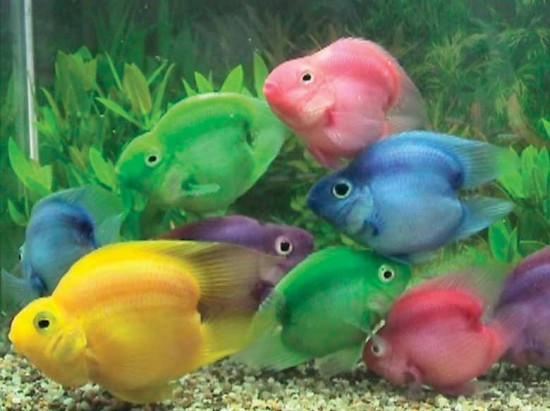 The Phenomenon Of Dyed Fish, And How To Avoid It
The Phenomenon Of Dyed Fish, And How To Avoid It
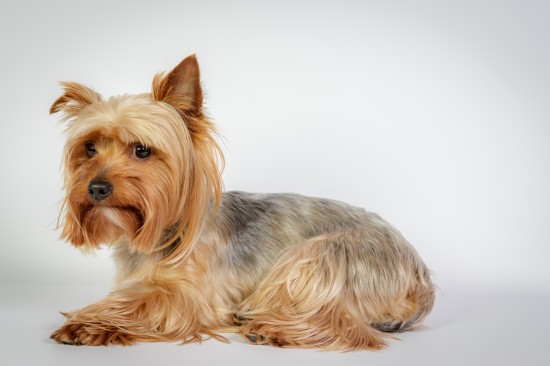 Important Questions To Ask The Breeder Of Your Potential New Yorkshire Terrier
Important Questions To Ask The Breeder Of Your Potential New Yorkshire Terrier
 The Parrotfinch Family
The Parrotfinch Family
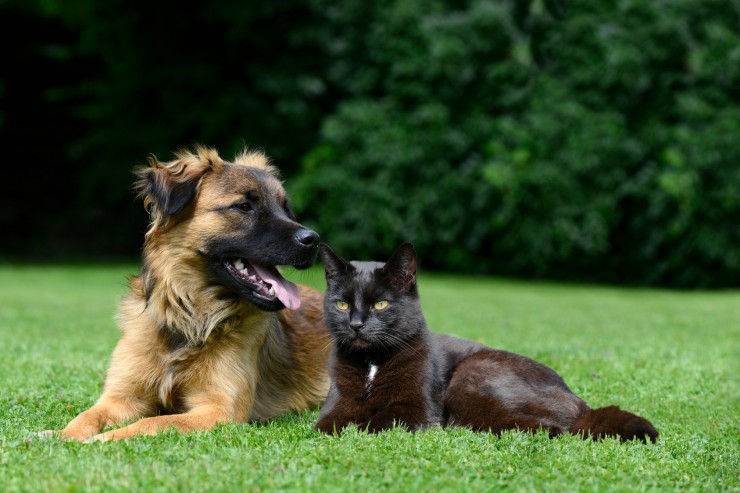 How Canine And Feline Flea Treatments Differ
How Canine And Feline Flea Treatments Differ
 Nutrients in Raw Pet food for Puppies of Larger Breed
Nutrients in Raw Pet food for Puppies of Larger Breed
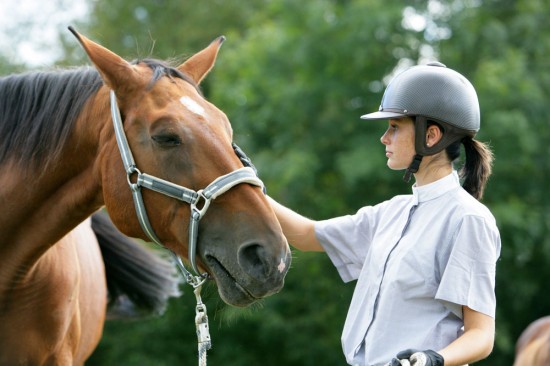 Learning To Horse Ride - The Top Five Mistakes Made By Novice Riders
Learning To Horse Ride - The Top Five Mistakes Made By Novice Riders
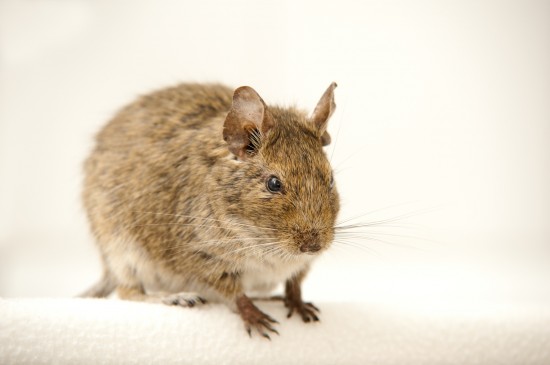 Common Health Issues In Degus Other Than Diabetes
Common Health Iss
Common Health Issues In Degus Other Than Diabetes
Common Health Iss
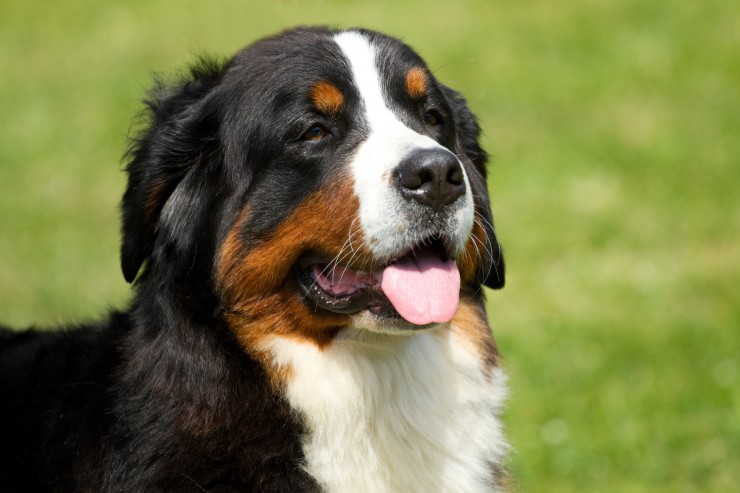 Canine Leiomyosarcoma - Cancer Of The Muscle Tissue
Canine Leiomyosar
Canine Leiomyosarcoma - Cancer Of The Muscle Tissue
Canine Leiomyosar
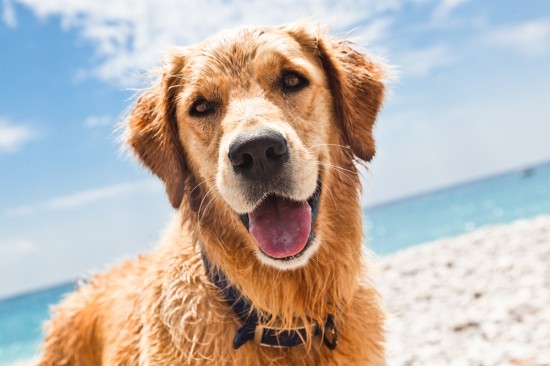 Taking Your Dog On Holiday With The Family
Taking Your Dog O
Taking Your Dog On Holiday With The Family
Taking Your Dog O
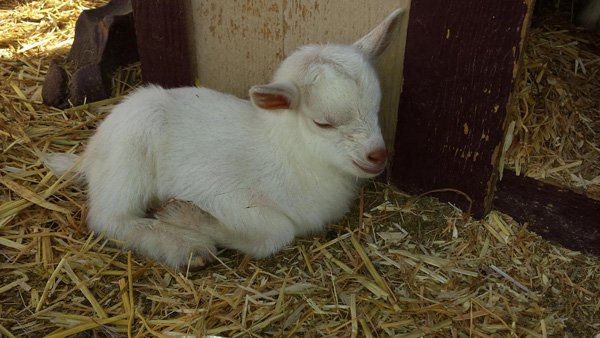 A Combo of Chicken Runs and Coops – The Best for Your Bird Friends
A Combo of Chicken Runs and Coops – The Best for Your Bird
A Combo of Chicken Runs and Coops – The Best for Your Bird Friends
A Combo of Chicken Runs and Coops – The Best for Your Bird
 10 Tips To Help Make Your Christmas Tree Cat Proof
10 Tips To Help M
10 Tips To Help Make Your Christmas Tree Cat Proof
10 Tips To Help M
Copyright © 2005-2016 Pet Information All Rights Reserved
Contact us: www162date@outlook.com